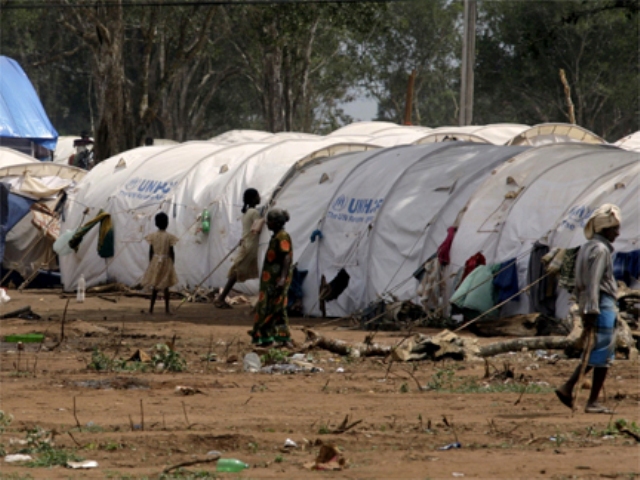During conflicts and wars, many die as a consequence of bombings and battles. To the death toll, many more zeroes get added in the days and months to follow! Poor hygiene and sanitation takes several hundred lives in the refugee settlements. Internally displaced and in many cases from across the border, the refugees keep coming in, expecting safety and security and overlooking the general conditions of life in such camps.

Refugee camp in Sri Lanka (Photo Credit: http://www.rfi.fr/actuen/images/113/sri_lanka_war_432.jpg)

Darfur Refugee Camp in Chad (Phot Credit: http://davidderrick.wordpress.com/2009/04/18/refworld-and-unhcr/)
To mark the World Toilet Day, UNHCR Web Editors Leo Dobbs and Haude Morel discussed with Dominique Porteaud, his work as UNHCR's senior water and sanitation officer.
The discussion has some revealing information about the sanitation status in these refugee camps, like:
- a block of five latrines may be used by some 500 people every day!
- in Goma (1994), when a million people crossed the border and, about 50,000 people died because there was no proper sanitation and water supply.
- in Kenya, the water supply system serves something like 250,000 people in three camps at Dadaab.
- on the basis of one latrine for every 50 people, there are an estimated 80,000 to 100,000 latrines in camps across the world currently.
For a detailed report, please follow the UNHCR link "Q&A: Building latrines for thousands of displaced every year"













